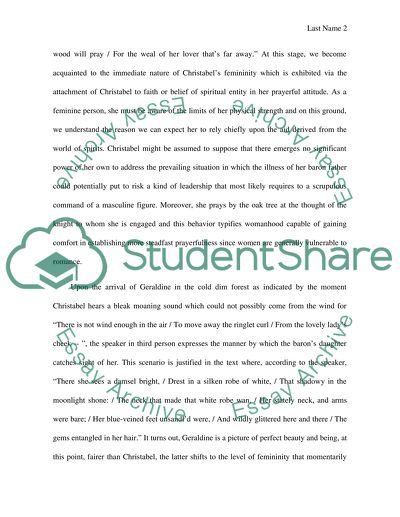Cite this document
(“Discuss supernatural/demonic femininity as we encounter it in Samuel Essay”, n.d.)
Retrieved from https://studentshare.org/english/1465124-discuss-supernatural-demonic-femininity-as-we
Retrieved from https://studentshare.org/english/1465124-discuss-supernatural-demonic-femininity-as-we
(Discuss supernatural/Demonic Femininity As We Encounter It in Samuel Essay)
https://studentshare.org/english/1465124-discuss-supernatural-demonic-femininity-as-we.
https://studentshare.org/english/1465124-discuss-supernatural-demonic-femininity-as-we.
“Discuss supernatural/Demonic Femininity As We Encounter It in Samuel Essay”, n.d. https://studentshare.org/english/1465124-discuss-supernatural-demonic-femininity-as-we.


